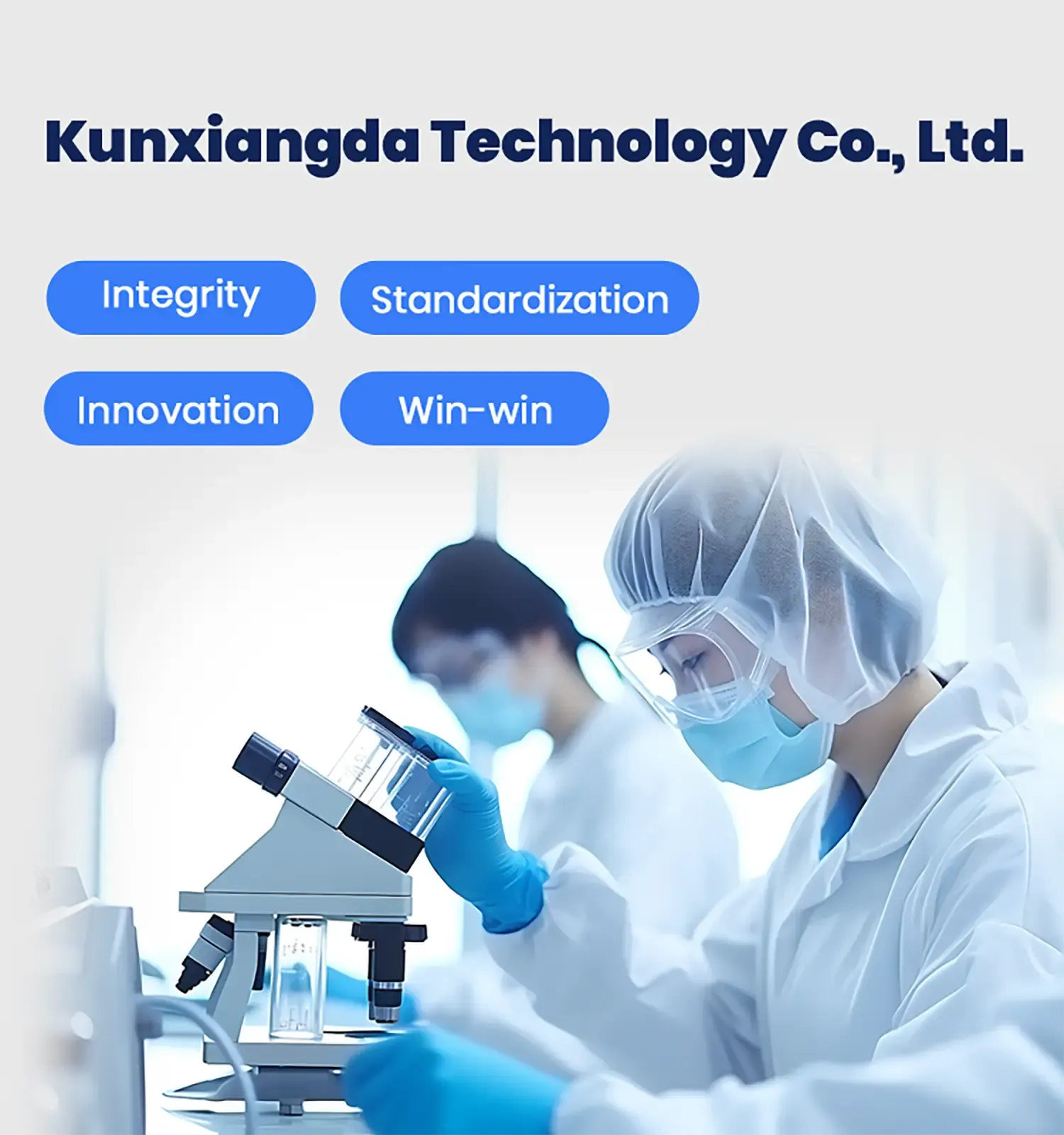Understanding Active Pharmaceutical Ingredients (APIs)
The term Active Pharmaceutical Ingredient (API) is a cornerstone in the pharmaceutical industry, representing the chemical substance responsible for the therapeutic effect of a drug. By definition, an API is the active component that produces the desired pharmacological effect in treating a medical condition. Understanding APIs is crucial for appreciating how medications function, their manufacturing processes, and the regulatory frameworks that govern their use.
The Role of APIs in Pharmaceuticals
APIs are the primary agents within pharmaceutical formulations that bring about the intended health benefits. They are typically combined with excipients—inactive substances that serve as the vehicle for the API, facilitating its delivery to the body. The efficacy of a medication largely depends on the quality and potency of its active ingredients. For example, in a pain relief medication like ibuprofen, ibuprofen itself is the API that alleviates pain and reduces inflammation.
Manufacturing and Quality Control
The production of APIs is a highly regulated process, ensuring that these ingredients meet stringent quality standards. The manufacturing can take place through various methods, including chemical synthesis, fermentation, and extraction from natural sources. Each method has its specifics, advantages, and challenges. For instance, synthetic processes allow for more consistent quality, while natural extraction might yield APIs with multifaceted properties but varying quality depending on environmental factors.
Quality control is paramount throughout the API lifecycle, from raw material sourcing to final product testing. Regulatory bodies such as the U.S. Food and Drug Administration (FDA) and the European Medicines Agency (EMA) impose strict Good Manufacturing Practices (GMP) to ensure that APIs are consistently produced and controlled according to quality standards. Compliance with these guidelines is essential in maintaining the safety and efficacy of pharmaceuticals.
Regulatory Framework
APIs are subject to rigorous regulations due to their potential impact on public health. These regulations govern various aspects, including the manufacturing process, labeling, packaging, and stability of the drug. Regulatory authorities require comprehensive documentation and data demonstrating the safety, efficacy, and quality of APIs before they can be marketed. This often involves preclinical and clinical trials, which provide vital information on how the API behaves in biological systems.
definition of active pharmaceutical ingredient

The regulatory landscape is dynamic, with countries continually updating guidelines to reflect new scientific knowledge and technological advancements. For instance, the rise of biologics—medications derived from living organisms—has led to specific regulatory considerations, as these APIs often require different manufacturing processes and testing methodologies compared to traditional small-molecule drugs.
Challenges in API Development
The development of APIs is not without challenges. The pharmaceutical industry is faced with a balance of maintaining quality while reducing production costs. Moreover, as the market for generic drugs grows, manufacturers must navigate the complexities of patent laws and intellectual property rights, which can complicate the production of APIs once patents expire.
Another significant challenge is ensuring supply chain integrity. Global sourcing for raw materials and intermediates can expose manufacturers to risks such as disruptions due to geopolitical tensions or natural disasters. Such vulnerabilities emphasize the need for robust risk management strategies and contingency plans in API supply chains.
Future Directions
Innovation in API development is ongoing, fueled by advancements in technology and science. Continuous manufacturing processes, for example, promise to enhance the efficiency and sustainability of API production. Additionally, the integration of artificial intelligence (AI) in drug discovery and development is paving the way for more effective and targeted APIs.
Furthermore, the push for personalized medicine—tailoring treatments to individual patient profiles—highlights the growing importance of APIs in providing customized therapeutic solutions. This shift necessitates a deeper understanding of how APIs interact with diverse biological systems, laying the groundwork for more effective and safer treatment options.
Conclusion
Active Pharmaceutical Ingredients are fundamental to the pharmaceutical industry, bridging the gap between chemistry and treatment. Their significance extends beyond mere chemical compounds, impacting public health, innovation, and regulatory practices worldwide. A clear understanding of APIs not only enlightens us about how medications work but also underscores the importance of quality, safety, and efficacy in healthcare. As the industry evolves, the role of APIs will undoubtedly be at the forefront of pharmaceutical advancements, shaping the future of medicine.

